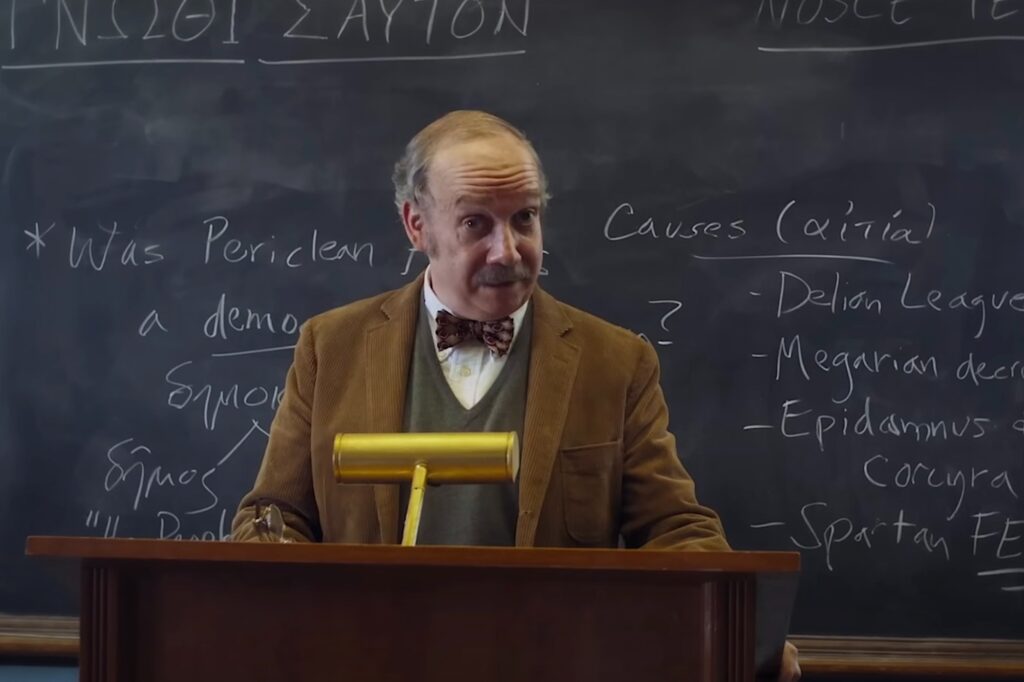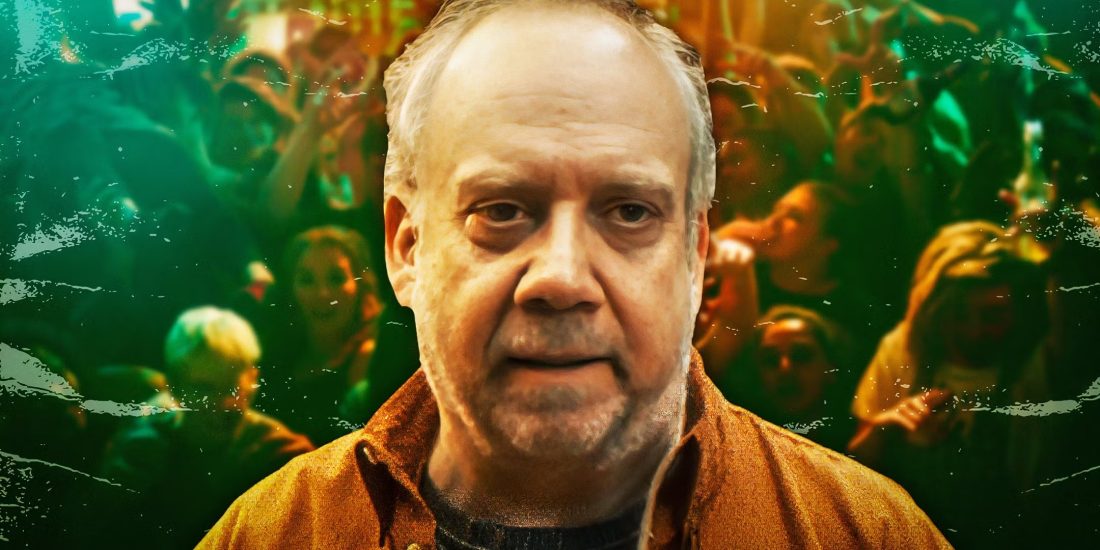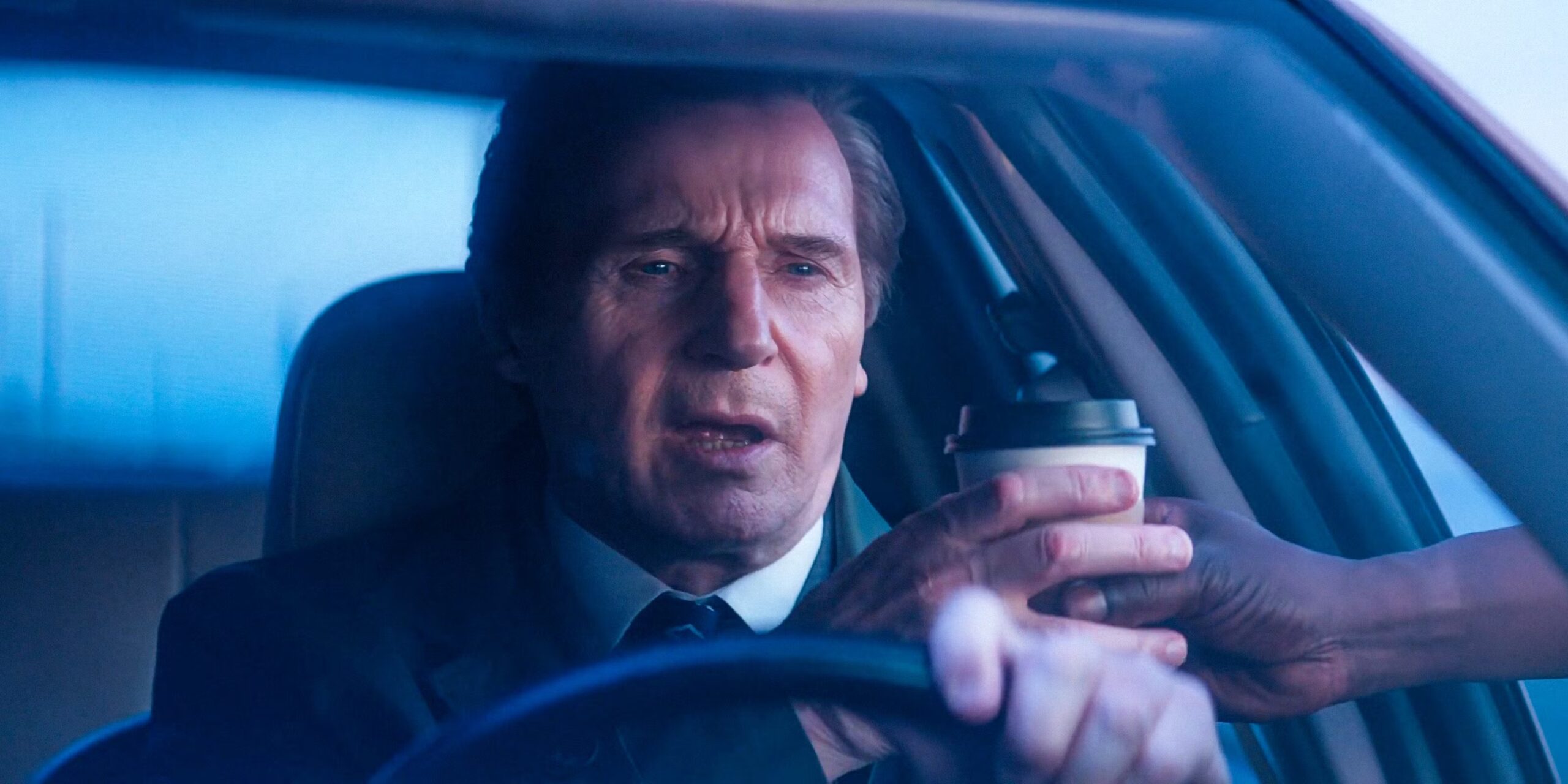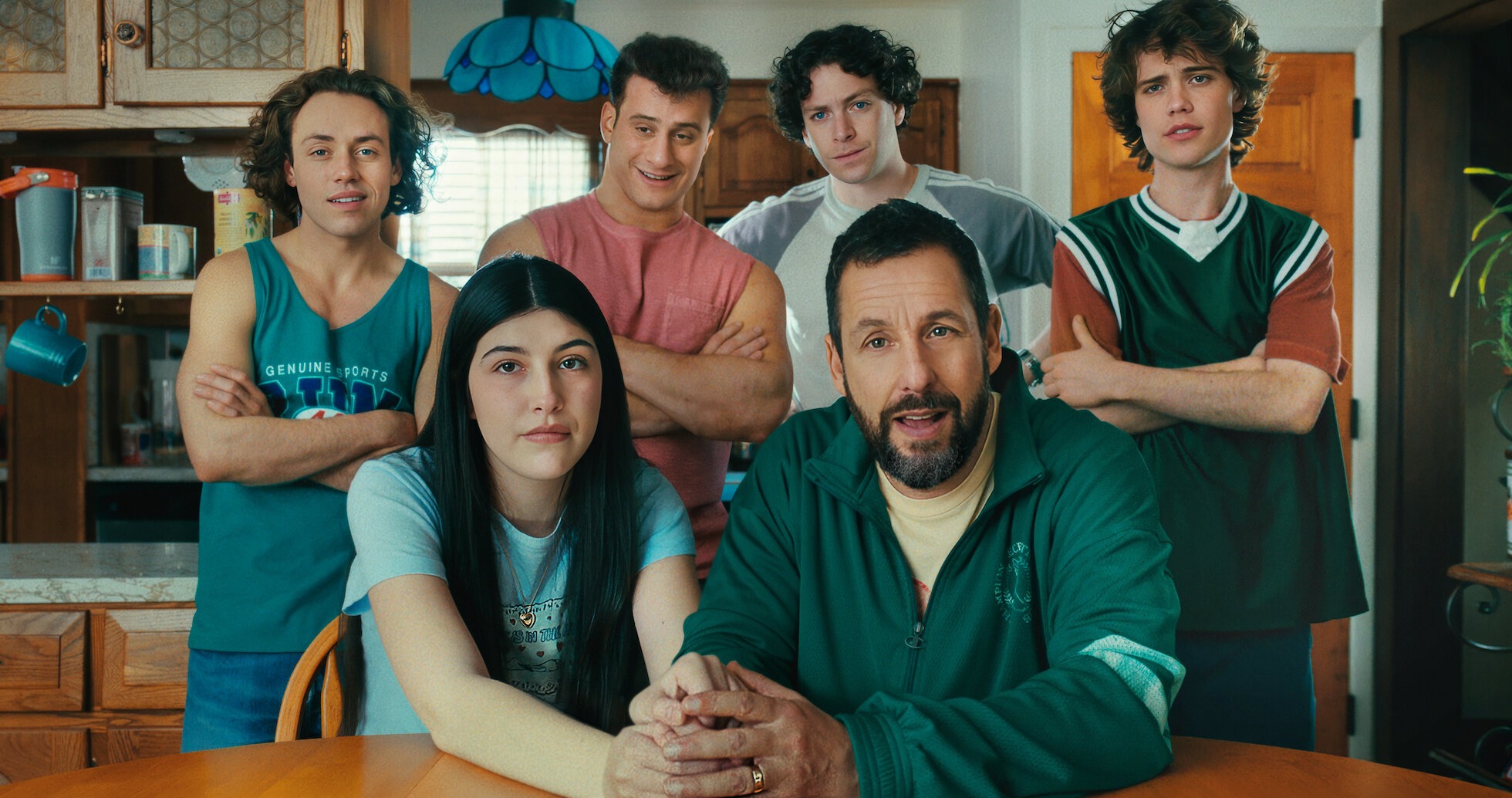Dickens Meets Dystopia: The Genesis of ‘Eulogy’
Netflix‘s Black Mirror returns with its seventh season, and among the standout entries is “Eulogy,” a quietly haunting episode anchored by Paul Giamatti.
The episode, a meditation on memory, grief, and regret, took unexpected inspiration from Charles Dickens’ A Christmas Carol, with a technological twist that anchors it firmly in Black Mirror territory.

Series creator Charlie Brooker, co-showrunner Jessica Rhoades, and playwright-turned-screenwriter Ella Road first conceptualized the episode during a brainstorming session they call a “Black Sky” meeting. They toyed with the familiar premise of a man visited by three ghosts, but ultimately felt it lacked what Brooker calls the show’s essential “slightly creepy, umami sort of flavor.”
Their breakthrough came by replacing the supernatural with speculative technology. In “Eulogy,” Giamatti plays Phillip, a man who uses an AI service that reconstructs memories to investigate his breakup with his now-deceased ex-girlfriend, Carol. The program allows users to upload old photographs, which the system uses to generate interactive simulations. The name Carol remains as a nod to the episode’s Dickensian roots.
The Casting Coup: Giamatti and Ferran
With just two speaking roles across its 47-minute runtime, the episode’s success depended heavily on casting. Giamatti, a longtime fan of Black Mirror, was the team’s dream lead. Despite expectations that they might need a backup list, they secured him immediately. “I didn’t even have to read it,” Giamatti recalls. “I really was like, ‘I’ll do whatever you want me to do.'”
Once he did read the script, Giamatti was surprised by its emotional depth. “I think of it as a ghost story, the way he has been haunted by this person, and even the pictures from his own past,” he says.

Casting the AI character known as The Guide proved trickier. Initially just a disembodied voice, the character becomes personified during Phillip’s digital journey. U.K. casting director Jina Jay suggested Patsy Ferran, then starring as Blanche DuBois in London’s A Streetcar Named Desire opposite Paul Mescal. Her blend of playfulness and gravitas won over the team instantly.
Concerns about Ferran’s physical resemblance to Giamatti led to script adjustments to clarify that her character is not his daughter. Rhoades explains, “People always watch Black Mirror trying to get ahead of any twist, so we’re always thinking about that.”
A pivotal moment came during early discussions with the cast about The Guide’s true identity: she is Carol’s daughter from a one-night stand. Giamatti and Ferran questioned why the subject wouldn’t arise sooner. Brooker returned to the script and wrote the line, “You said, ‘Skip the intro.'” For Rhoades, that sealed the episode’s identity. “It’s taking this thing that we all do when it comes to technology… and showing us that he missed this really critical information.”
Crafting a Technological Memoryscape
The episode also required specific visual ambition. Determined to avoid green screens, the team built custom sets to simulate Phillip’s old photographs. Directors Luke Taylor and Chris Barrett, known primarily for music videos, were brought in despite minimal narrative experience. Their bold visual pitch resonated. Giamatti approved the hire enthusiastically.
To execute the memory scenes, the team filmed actors holding frozen poses in elaborate recreations of snapshots. VFX supervisor James MacLachlan used inventive methods to perfect lighting and posture, from dollhouses and projectors to piping sewn into costumes. Movement coordinator Polly Bennett and a troupe of dancers and mimes kept the tableaux lifelike. “You lose your mind standing still and holding a beer bottle out all day,” Brooker jokes.
For Giamatti, performing among these frozen figures was disorienting. “Ironically, it would have felt more normal to act in front of a greenscreen,” he says. But the eerie stillness helped shape the episode’s tone. The same went for his scenes opposite Ferran’s voice via the disc mounted on his temple—a recurring prop on Black Mirror, referred to by the crew as “nubbins.”
Each iteration of the disc is tailored to the episode. In “Eulogy,” the device had to appear enticing enough for consumers. “The technology in Black Mirror has to be seductive, and feel practical,” Brooker says. “Otherwise, you’d watch this episode thinking, ‘Put it back in the box, Paul.'”
A Seductive, Cautionary Vision
Ultimately, “Eulogy” embodies the best of Black Mirror: not a warning about technology, but an exploration of its seductive power and potential for misuse. And by merging a Dickensian framework with near-future tech, the episode lands with emotional resonance. “It confirms a worldview of mine,” Giamatti says of the series. In “Eulogy,” that worldview is rendered both unsettling and deeply human.










